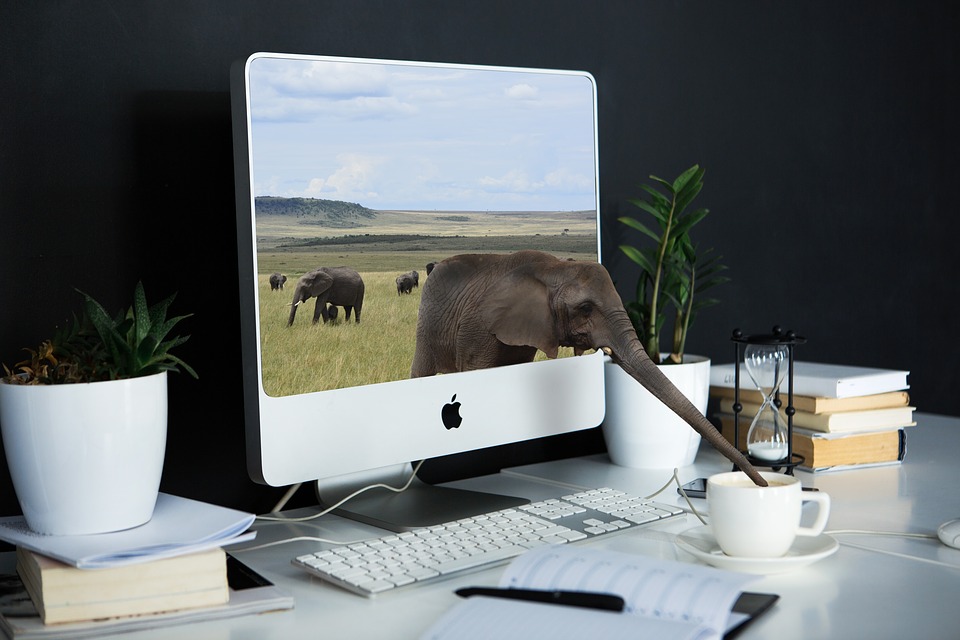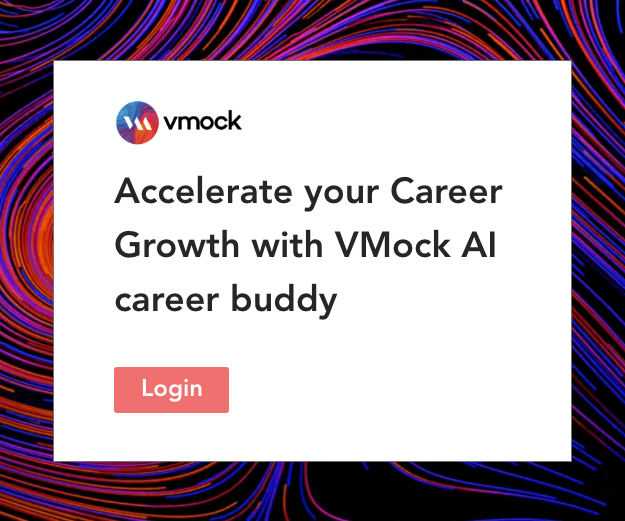“The question of whether a computer can think is no more interesting than the question of whether a submarine can swim,” said Edsger W. Dijkstra, the Dutch systems scientist, programmer, science essayist, and early pioneer in Computing Science. The lines between science fiction and reality are blurring and it won’t be long before we can access our own virtual personal assistant like Tony Stark’s J.A.R.V.I.S. The revolutionary trends redefining the limits of computing are also leading to an equally diverse and exponentially expanding career space.
Read on to explore some of the hottest trends in Computer Science:
Virtual Reality and Augmented Reality
VR and AR technologies are vastly transforming the interaction between virtual and physical interfaces. Tech times defines VR as “the creation of a virtual world that users can interact with….designed in such a way that users would find it difficult to tell the difference from what is real and what is not.” Even though VR technologies have mainly been limited to the Entertainment and Gaming industries, companies are striving to launch products that will provide immersive at-home VR experiences. HTC is set to launch higher-resolution Vive Pro VR headsets with state-of-the-art features ranging from a built-in headphone to a dual camera depth sensor, that is expected to enable hand tracking without additional hardware. News organizations are looking to broadcast news and live events through VR technologies. VR upgradation will soon impact other important spheres ranging from Medical and Physical sciences to the Environment and Space industry. Due to the fine line between the virtual and real space, VR and AR specialists need to focus not only on the tech but also on design. Broadly, the creation of any immersive VR/AR experience requires specialists from three fields – art, design and programming. While an artist will visualize and create characters or landscapes, a 3D artist or graphic and interaction designer will optimize the design and give it a virtual presence. Finally, a VR/AR programmer will add the interactivity and functionality to the designs. On one hand, where VR focuses on replacing reality with a virtual space, AR is an interactive view of the real world where elements are ‘augmented’ through computer-generated sensory data like sounds, graphics or GPS systems. Real world elements become interactive and can be manipulated digitally through techniques like computer vision and object recognition. Tech Times has aptly described AR as “the blending of virtual reality and real life, as developers can create images within applications that blend with contents of the real world. With AR, users are able to interact with virtual contents in the real world, and are able to distinguish between the two.” The AR buzz picked up with the launch of Pokémon Go in the summer of 2016 and has been growing ever since. Brands like Ikea are increasing consumer engagement through developments like the Ikea Place app that enables consumers to scan and drop 3D furniture objects within their home environment.
Data Science
Data science is one of the most popular technologies in the list of emerging computer science trends due to the vast amount of data that organizations are creating globally. Harvard Business Review has also called Data Scientist the “sexiest job of the 21st Century.” Data science is an interdisciplinary field merging data mining, statistics and predictive analytics. It’s primarily concerned with extracting insights from vast sets of data in various forms, structured or unstructured. Most companies today are dealing with vast data traffic for which they need data scientists to set up the overall architecture. Data architects create blueprints of data management systems for integrating, centralizing and protecting data in the infrastructure and Data Scientists utilize it to identify patterns through hypotheses and algorithms. Besides their academic qualifications, there are a number of on-the-job skills that data scientists are expected to wield to deal with the complexities of data management. Data scientists must showcase competencies in machine learning, data munging and data visualization in addition to a deep knowledge of basic tools and statistics. The overwhelming amount of data being created in the world today has created a huge demand for data technicians for organizing and absorbing data. Industry heavyweights like Oracle, Apple, Microsoft, Booz Allen Hamilton, and Walmart regularly post openings for data scientists and according to Forbes, for most of 2016, there were an average of 2,900 unique job postings for data scientists each month. McKinsey Global Institute study has predicted that by 2018, there will be almost 200,000 open positions in the field.
Cyber Security with IoT
The increasing digitalization of critical and sensitive data has also led to a massive increase in the number of cyber attacks. Cybersecurity needs have grown beyond protection from malware or viruses. All organizations- private, public or Government- have realized the grave need for building reliable and efficient systems that can identify and prevent malicious attacks. Organizations are thus integrating smart systems and Internet of Things (IoT), through Cyber-Physical Systems (CPS) and capability-based security platforms. A CPS mechanism utilizes IoT through embedded computers and allows a user to monitor and control physical systems. IoT is enabling a revolutionary shift towards ‘smart’ capabilities, ranging from TVs to toothbrushes, so security systems are not a very far-fetched idea. However, even the smartest technology, with all the right protections in place, will require sensitive data to be saved in the cloud to be exchanged between devices, thus exposing the data to exploitable vulnerabilities. Innovators need to build devices that are smart but also those that can manage security concerns automatically. Cybersecurity professionals must identify technologies that not just mitigate the impact of cyber attacks but also develop analytical products for pre-emptive warnings against attacks. They may be required to analyze attacker tools and reverse the engineer attacks or utilize penetration testing for identifying security rigor, attacking vectors, and effective remediation steps.
Non-volatile Technology
As opposed to volatile memory where data is lost ‘rapidly’ as soon as the power is turned off, non-volatile memory (hard drives or external hardware) enables data to be stored even if the device is not in use. Non-volatile memory is the next big necessity for anyone using and handling massive volumes of data being published worldwide. The increasing connectivity between systems and remote accessibility of data has overwhelmed systems’ capacities. Non-volatile memory was previously being used as a secondary storage system compared to the less costly and better performing volatile RAM memory. However, huge strides have been made towards the development of non-volatile memory for allowing vast amounts of data to be stored cost-effectively. The nanotechnology field has huge potential and can revolutionize computing technologies by allowing microdevices to store massive volumes of information. The most recent developments in the non-volatile memory space have been the introduction of F-RAM and M-RAM technologies which enable non-volatility data storage, infinite endurance and high-speed readability at low costs. Cell engineers handling non-volatile memory processing should thus have high technical acumen apart from expertise in material science, solid state physics and device characterization. Memory process engineers also need to incorporate device characterization and process development to design reliable process flow and to improve electrical readability for the products.
Majoring in computer science opens up a lot of opportunities for graduates in various fields due to the high demand for data analysts, developers and architects. Evolutions in the field of Computer Science have enabled technicians to not only dream of but actually create technologies that make human lives more comfortable and connected than ever before. The increasing need for research and development in this arena has created a huge demand for computer science professionals and technicians who possess the talent to find ingenious ways for tackling both complex and simple problems. “Any sufficiently advanced technology is indistinguishable from magic,” were the famous words of science fiction writer Arthur C. Clarke.
And so, as developments all around us testify- Computer and data scientists will continue to turn magic into reality.





